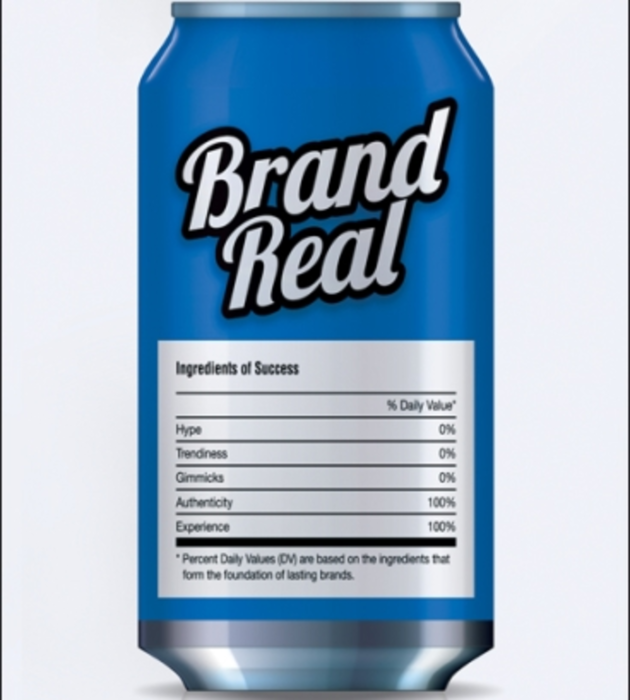The PowerPoint slides are retired. The internal vetting process is complete. And everyone on your team agrees that you have landed on the perfect manipulation of words to define your brand. It is only a matter of time before someone asks the inevitable question.
“Now what?”
It’s the most important question you will ever address in brand management. Brands derive value through experiences. Your promise sets the right expectation. Each experience with the brand should meet or exceed that expectation. Most brand strategies fail because they stop short of addressing the value of brand experiences. The best brands think beyond a promise statement and a new logo. They bring the brand to life at every touchpoint that matters. The answer to “now what?” should always be “the experience.”
Here are four guidelines to help you align your brand’s experience with its promise:
Audit. Audits aren’t just for accountants. They’re essential to brand activation. In an audit, your team or a third-party team experiences what your audiences experience except your auditors are taking notes, snapping pictures and recording relevant touchpoints on video.
Each audit should be built around an audience scenario. For example, if you’re a bank, one scenario might be a customer visiting a branch to make a deposit. Another might be a prospective employee applying for a job. Still another might be a prospective customer visiting your Website online. Your auditors should record what happened and how they felt during the experience. It’s a good idea to have audit teams work in pairs, where one partner can observe while the other participates. All of this data can be used to evaluate how well the experience delivered on the values and benefits set by your brand promise.
Map. With your audits complete, your next step is to create an experience map. Here, you use the input from your teams and other research to chart out the linear process of the brand experience.
People recall brand experiences in narrative form — they tell a story that goes from A to Z. The purpose of your map is to reconstruct that story by charting out how the brand “touched” the stakeholder. For example, if our banking client came into a branch to make a deposit, her first relevant touchpoint might have been the deposit slip she had to fill out. The next touch point might have been her interaction with the teller. You don’t need to map every last detail, just the ones that were most relevant to the experience.
Think photo album, not life movie. A growing body of research suggests that a photo album is the apt metaphor for how people recall and evaluate brand experience. Imagine that your stakeholder took a snapshot each time they really liked or disliked something about your brand experience. Those snapshots then made their way into a photo album. If we thumbed through that album, that’s all we’d have to share with others about the experience.
This is exactly how most people remember a brand experience. They remember the peaks, good or bad. Many brand managers assume that a stakeholder keeps a running record; a kind of life movie. But no one has that much memory. It’s the peaks that make or break a brand experience and that’s where you want to focus your attention
Your audits are your guide. Where did auditors have the most unpleasant experience? Was it consistent? How branded or unbranded was it? If you wanted to change any of those photos in the album, what would they look like? This becomes your means to prioritization.
Operations, not marketing. Finally, once you’ve mapped out your experience the next step is making change. Sadly, most companies think this is a marketing exercise. That’s why we see needless posters, buttons, collateral material and graphical wizardry. You won’t improve your experience by peppering the stakeholder with more information. Marketing may not be able to help at all. You need to enlist your operational teams, including human resources, and yes, finance.
You’ll deliver on your brand promise by fixing the problem, not messaging around it.
Laurence Vincent is head of The Brand Studio at United Talent Agency. He has worked with high-profile brands, including Disney, MasterCard and Microsoft.









